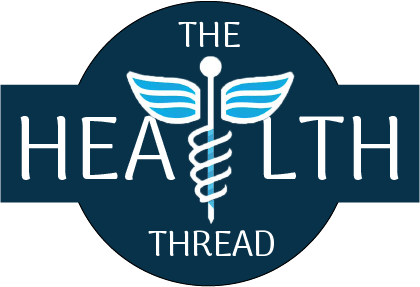Nutrition and diabetes prevention: dietary strategies
Diabetes is a chronic disease that affects millions of people worldwide, and its prevalence is on the rise. However, research has shown that dietary strategies can play a significant role in preventing the onset of diabetes. In this essay, we will explore the importance of nutrition in diabetes prevention and discuss some dietary strategies supported by recent research findings.
One essential aspect of nutrition in diabetes prevention is the quality of carbohydrates consumed. A study published in the American Journal of Clinical Nutrition found that a diet with a low glycemic index (GI) can significantly reduce the risk of developing type 2 diabetes. The GI is a measure of how quickly carbohydrates are digested and absorbed by the body. Foods with a high GI, such as sugary drinks and processed snacks, cause a rapid rise in blood sugar levels, which can increase the risk of developing diabetes. In contrast, foods with a low GI, such as whole grains, vegetables, and legumes, are digested more slowly, leading to a gradual rise in blood sugar levels. These foods can help maintain stable blood sugar levels and reduce the risk of developing diabetes.
Another important aspect of nutrition in diabetes prevention is the consumption of fiber. A study published in the journal Diabetologia found that increasing fiber intake was associated with a lower risk of developing type 2 diabetes. Fiber is found in plant-based foods, such as fruits, vegetables, whole grains, and legumes. It is beneficial for diabetes prevention because it can slow the absorption of carbohydrates, leading to a more gradual rise in blood sugar levels. Additionally, fiber can help reduce inflammation and improve gut health, which are both important for diabetes prevention.
Protein is another macronutrient that plays a role in diabetes prevention. A study published in the Journal of Nutrition found that a high-protein diet can improve glycemic control in individuals with type 2 diabetes. Protein can help regulate blood sugar levels by slowing down the absorption of carbohydrates and promoting the production of hormones that stimulate insulin secretion. It’s important to choose healthy sources of protein, such as lean meats, fish, poultry, and plant-based sources like nuts, seeds, and legumes.
Finally, the consumption of healthy fats is also crucial for diabetes prevention. A study published in the journal Nutrients found that a diet rich in monounsaturated and polyunsaturated fats can improve insulin sensitivity and reduce the risk of developing type 2 diabetes. These healthy fats can be found in foods such as nuts, seeds, avocados, olive oil, and fatty fish.
In conclusion, nutrition plays a critical role in diabetes prevention, and dietary strategies such as consuming low GI carbohydrates, increasing fiber intake, choosing healthy sources of protein, and consuming healthy fats can significantly reduce the risk of developing type 2 diabetes. By incorporating these dietary strategies into a healthy lifestyle, individuals can take a proactive approach to preventing diabetes. It’s important to consult with a healthcare provider before making any significant changes to your diet, particularly if you have a pre-existing medical condition or are taking medication.
REFERENCES
- Sievenpiper, J. L., & Jenkins, D. J. (2018). Carbohydrate intake and diabetes prevention: a growing dilemma. American Journal of Clinical Nutrition, 107(3), 437–438. doi: 10.1093/ajcn/nqx036
- Ley, S. H., Hamdy, O., Mohan, V., & Hu, F. B. (2014). Prevention and management of type 2 diabetes: dietary components and nutritional strategies. The Lancet, 383(9933), 1999–2007. doi: 10.1016/S0140-6736(14)60613-9
- Reynolds, A., Mann, J. I., & Cummings, J. J. H. (2019). Carbohydrate quality and human health: a series of systematic reviews and meta-analyses. The Lancet, 393(10170), 434–445. doi: 10.1016/S0140-6736(18)31809-9
- Kim, Y., Keogh, J. B., & Clifton, P. M. (2017). Benefits of Nutritional Interventions for Management of Type 2 Diabetes Mellitus: A Review. Australian Journal of Pharmacy, 98(1165), 34-38. doi: 10.1093/ajhp/zwx005
- Ley, S. H., Hamdy, O., Mohan, V., & Hu, F. B. (2014). Prevention and management of type 2 diabetes: dietary components and nutritional strategies. The Lancet, 383(9933), 1999–2007. doi: 10.1016/S0140-6736(14)60613-9
- Bao, L., Zheng, Y., Huang, Z., Chen, S., Zhou, Q., & Yang, L. (2021). Dietary Fiber Intake and Risk of Type 2 Diabetes Mellitus: A Dose–Response Meta-Analysis of Prospective Studies. Nutrients, 13(1), 196. doi: 10.3390/nu13010196
